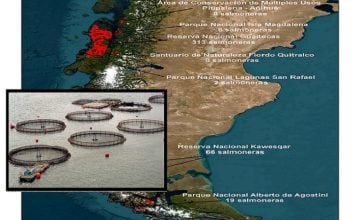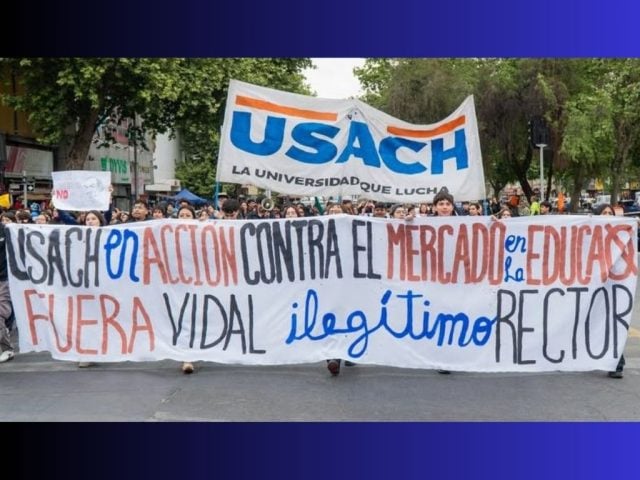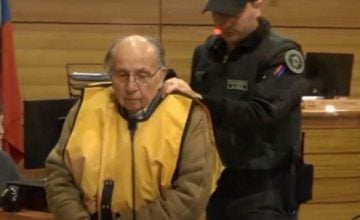Original article: Santiago: Nueve Centros de Estudiantes de Arquitectura se manifiestan en defensa del Paseo Bandera
Nine Architecture Student Groups in Santiago Rally to Protect Paseo Bandera as a Pedestrian Corridor
About a month ago, Santiago’s mayor, Mario Desbordes (RN, Chile Vamos), announced plans for the ‘modernization’ of Paseo Bandera, which would reopen it exclusively for public transportation (RED).
This announcement has drawn attention from those who use the pathway, local business owners, and advocates who believe it should remain a pedestrian walkway, defending this vision for urban development.
In response to the mayor’s announcement, a coalition of nine architecture student groups from Santiago’s universities issued a statement two weeks ago emphasizing the urban value of Paseo Bandera for the city and pedestrians, while also offering to support a more participatory approach in planning modifications to the iconic street.
On the afternoon of Wednesday, November 12, the group of students staged an intervention to reiterate the various benefits that the walkway provides to citizens. During the event, they displayed a banner and read a statement outlining several points the group considers essential for the protection and revitalization of the street.
The students also urged authorities to reconsider the decision to modify the area.
The coalition consists of student representatives from the architecture schools of the U. de Santiago, U. de Chile, U. Católica, U. Tecnológica Metropolitana, U. del Desarrollo, U. Central, U. Diego Portales, U. Andrés Bello, and U. San Sebastián. All were represented by their leadership at the demonstration on Bandera Street, alongside supportive student participants.
Pía Lagos, president of the CEE of Usach, stated, «Such actions are especially important during times when various crises impact the city, making it necessary for students to engage in these issues and envision futures where urban spaces are accessible to everyone.»

The group indicated that these interventions and mobilizations are peaceful acts, bringing together various student leaderships to elevate discussions about public space and urban quality, particularly how such urban operations can rebuild social fabric within urban centers and the potential of these efforts.
Finally, they emphasized that urban landscape modifications should be developed in collaboration with citizens and diverse stakeholders involved, expressing their willingness and commitment to contribute to the search for collective solutions.
El Ciudadano











